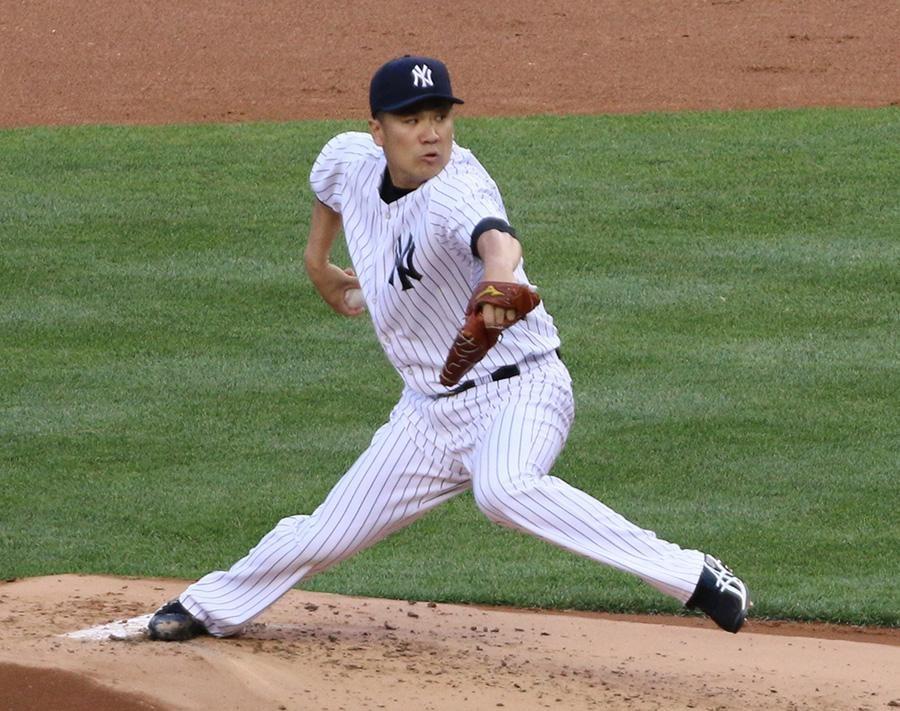Pitcher injury rates rising, Yankees in tough spot
via wikipedia.org
September 15, 2014
There has not been much to praise about the New York Yankees’ performance this year, despite their flurry of off-season signings. After a lackluster 2013 season, the Bombers went on the free agent market and acquired veteran catcher Brian McCann and outfielder Carlos Beltrán to bolster the offense. They also let star second baseman Robinson Canó leave to the Seattle Mariners on a ten-year contract. By letting Canó’s contract go, the Yankees were able to sign Japanese pitching star Masahiro Tanaka to a seven-year, $150 million deal.
At the beginning of the year, the Yanks looked solid, while their AL East foe, the Boston Red Sox, floundered. Tanaka was living up to expectations with a record of 12-4 and a 2.51 ERA before partially tearing the ulnar collateral ligament in his elbow.
The Yankees had two options with the rookie — let him try to rehabilitate the torn ligament and hope the pain dissipates or have him undergo Tommy John surgery, ending his season and cutting down on his playing time for the 2015 campaign. Tommy John surgery consists of the reconstruction of the UCL, using a tendon taken from elsewhere in the body. The decision whether to go ahead with the procedure is a tough one, as not all pitchers who undergo the surgery return to the form to which they are accustomed.
The number of pitchers receiving this surgery has dramatically increased in recent years. In 2013, Tommy John surgery was performed on 124 out of 360 opening-day pitchers. Compare this to the less than sixteen surgeries for every year between 2000 to 2010, and a stark disparity becomes clear. This could be a warning sign that the amount of stress on young pitchers, especially in the minor leagues, is deteriorating their arm strength at a much faster pace than in previous years.
Something has to be done to reverse the tide. Baseball clubs should be open to switching to a six-man rotation. They all have to find additional pitchers, but it works out in the long run when young stars will not flame out early in their careers.
In the case of Tanaka, there is a huge contrast between his workload in Japan and in the United States. In Japan, Tanaka was part of a six-man rotation and pitched every sixth day instead of every fifth, which is customary in America. With only four days’ rest, pitchers’ arms are not given enough time to heal before their next game, making them more susceptible to injury.
With Tanaka, the Yankees have chosen the road of rehabilitating the injury in place of having the surgery, a decision almost forced upon them by the stunning number of injuries they have had to deal with this year and the decimation of their starting rotation. This does not seem to be the best long-term plan. The Yankees are still vying for the second wild card spot, but their playoff chances are dwindling every day. Why risk Tanaka re-injuring his elbow late in the season without there being much of a chance of getting into the playoffs?
While it is Derek Jeter’s last year, and he deserves to go out with a bang, it is time to cut their losses and not jeopardize the young career of Tanaka. There would be no point bringing Tanaka back to the mound this year when the team has a piecemeal starting staff and a below-average offense with time running out.
A version of this article appeared in the Monday, Sept. 15 print issue. Email Kyle Luther at [email protected].



























































































































































